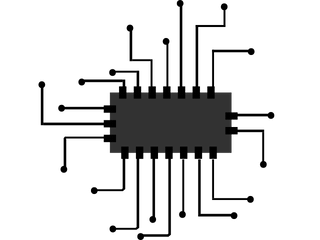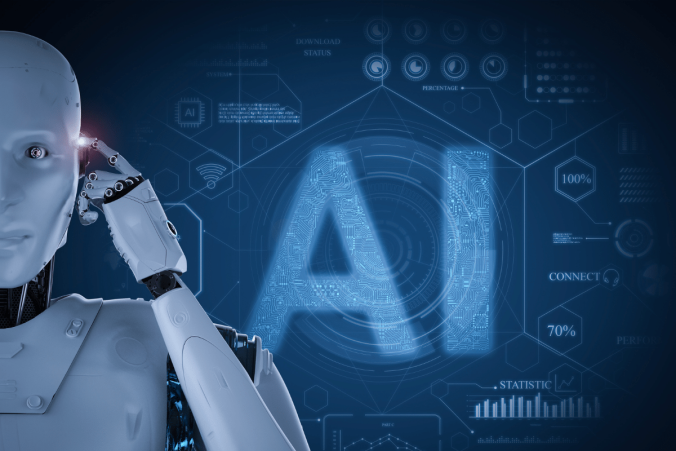In 1957, John McCarthy coined the term “artificial intelligence” to describe a new kind of research endeavor. AI research involves giving machines the ability to learn and work on their own, making decisions, and solving problems.
How AI Works
There are three main components to how AI works: sensing, reasoning, and acting.
Sensing is the process of taking in information from the environment. This can be done through sight, sound, touch, smell, or taste.
Reasoning is the process of making sense of the information that has been sensed. This includes figuring out what the information means and what action to take based on that information.
Acting is the process of carrying out the decision that has been made. This can involve movement or sending a command to another device.
AI can be used in a number of different ways, depending on the task that needs to be completed. Some common applications of AI include:
- Autonomous vehicles
- Fraud detection
- Speech recognition
- Text analysis
- Predicting consumer behavior
AI is also being used in more creative ways, such as art and music.
How AI is Used
Artificial intelligence, or AI, is a field of computer science and engineering focused on the creation of intelligent machines, or systems that can sense, think, and act autonomously. AI has been used in a wide range of applications, from digital assistants like Siri and Alexa to autonomous vehicles and industrial robots.
One of the most common applications of AI is in digital assistants. Digital assistants use natural language processing, or NLP, to understand and respond to human speech. NLP is a subfield of AI that focuses on the use of computers to understand human language. Digital assistants use NLP to interpret your questions and provide you with the answers you need.
Another common application of AI is in autonomous vehicles. Autonomous vehicles use a variety of sensors, including cameras and lasers, to detect their surroundings and make decisions about how to navigate. Autonomous vehicles also use AI to process and interpret the data from those sensors. This allows them to make decisions about things like whether to stop or go at a traffic light, or how to avoid an obstacle in the road.
Industrial robots are another common application of AI. Industrial robots are used to automate tasks in factories and other industrial settings. Industrial robots use a variety of sensors and AI algorithms to detect and respond to their surroundings. This allows them to complete tasks like welding, painting, and assembling products with minimal human input.
The Future of AI
AI is rapidly evolving and growing more sophisticated every day. In the future, it will become even more important and widespread. There are many applications of AI that have yet to be discovered, and the possibilities are endless.

